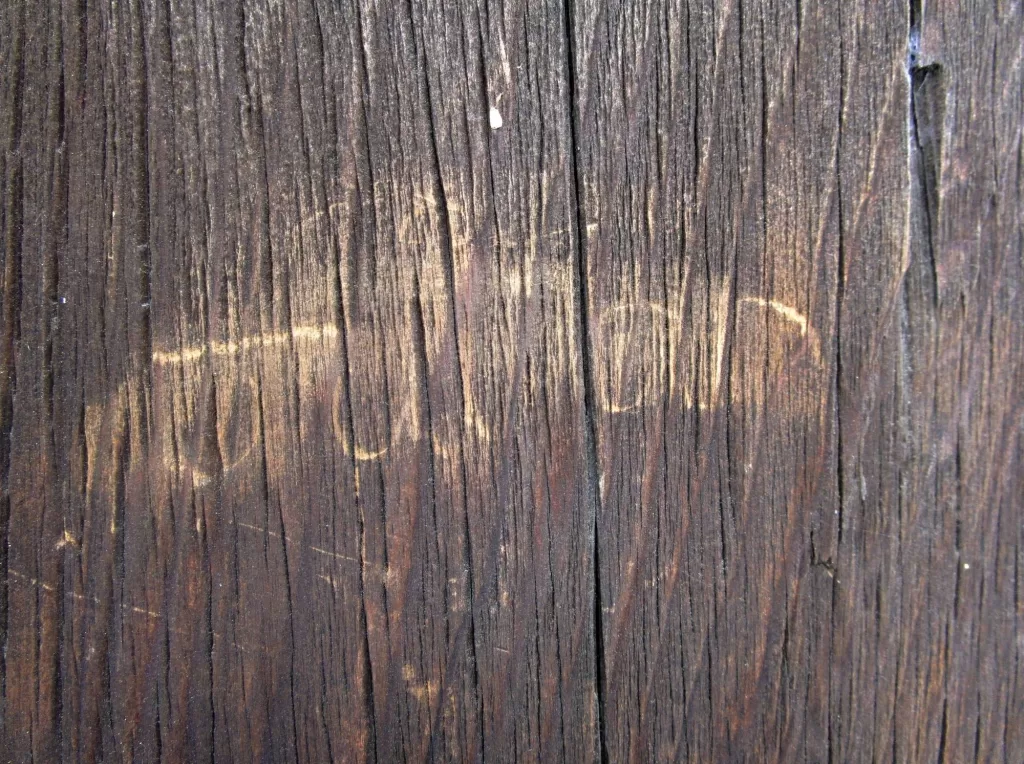Canadian Teen Vandalizes 1,200 Year Old Japanese Temple to “Kill Time”
In a shocking act of cultural disrespect, a Canadian teenager reportedly vandalized an iconic 1,200-year-old temple in Japan. The alleged incident occurred at the UNESCO World Heritage-listed Toshodaiji Temple located in Nara prefecture.

Teenager Accused of Defacing Toshodaiji Temple
A 17-year-old who has not been named was accused of carving his name with his fingernail on one of the temples pillars, specifically in the temple’s Golden Hall. The desecration was discovered by a local tourist who alerted the temple authorities. News reports specified that the teen appears to have carved the letter “J” and the name “Julian” onto the pillar.
The young traveler is now being investigated under suspicions of violating Japan’s Law for the Protection of Cultural Properties. However, he will reportedly not be detained during this period. A local police official has confirmed that the boy admitted his act, insisting it was performed without any intended disrespect to Japanese culture.

Previous Incidents Highlight A Disturbing Trend
The Toshodaiji Temple incident mirrors that of another case involving tourist vandalism from late June at Rome’s ancient Colosseum where a British tourist etched “Ivan+Hayley 23” into its wall. This alarming trend underlines a broader lack of cultural respect among some international visitors towards heritage sites.
Toshodaiji Temple had also experienced similar misconduct in 2015 when it and other cultural sites across six Japanese prefectures suffered acts of vandalism.
The recent occurrence at Toshodaiji sparks concerns towards potential future incidents with the increasing number of tourists due to eased travel restrictions.
Understanding Toshodaiji Temple Historical Significance
Toshodaiji Temple holds significant historical relevance in Japan as it is included among eight landmarks that are part UNESCO’s Historic Monuments of Ancient Nara. Designated as World Heritage Sites since 1998, they collectively depict the cultural and political evolution of Japan when Nara was its capital (710-784 A.D.).
The renowned monument was designed by Chinese monk Jian Zhen during the Tang Dynasty featuring China Tang architectural style. Toshodaiji is viewed as an important center for Ritsu-shu denomination of Buddhist teachings in Japan
Under Japanese law, causing damage to “important cultural property” could lead to serious penalties including up to five years in prison or fines reaching up to ¥300,000 ($2,120; £1,650).
This incident underscores an urgent need for international efforts aimed at educating and enforcing respect towards global cultural heritage sites.